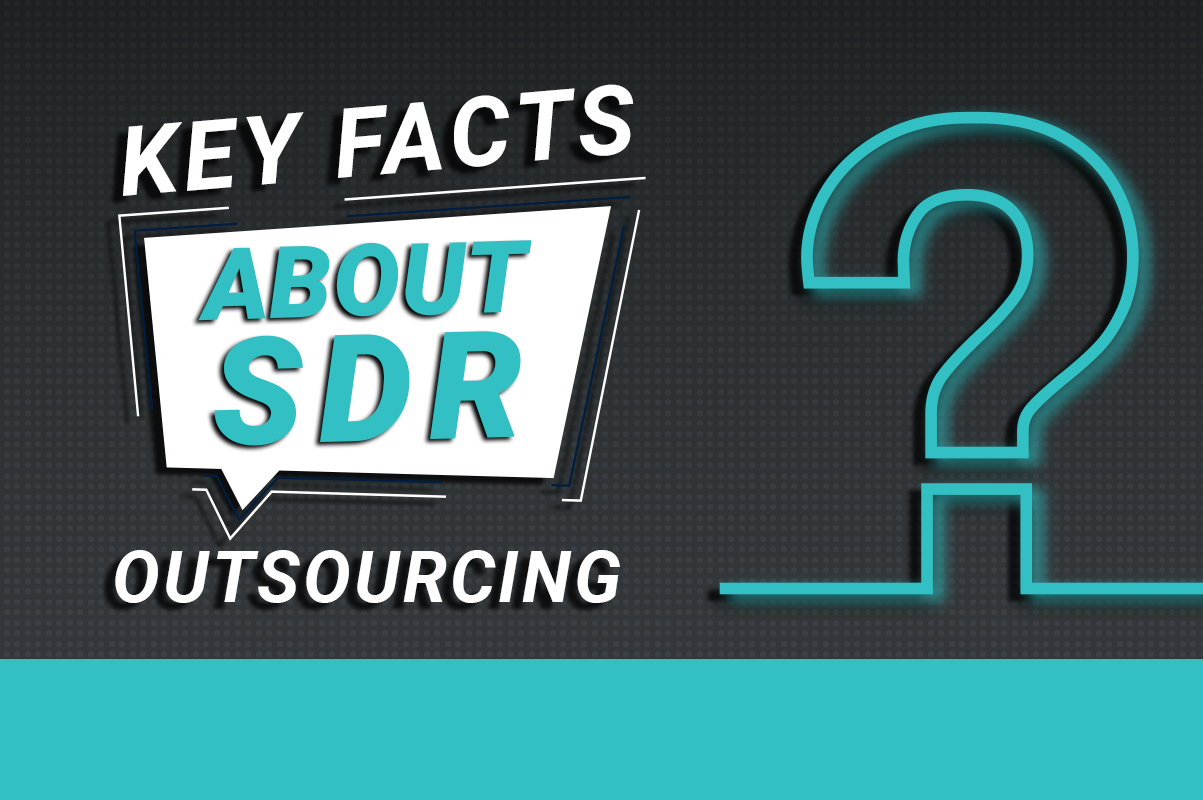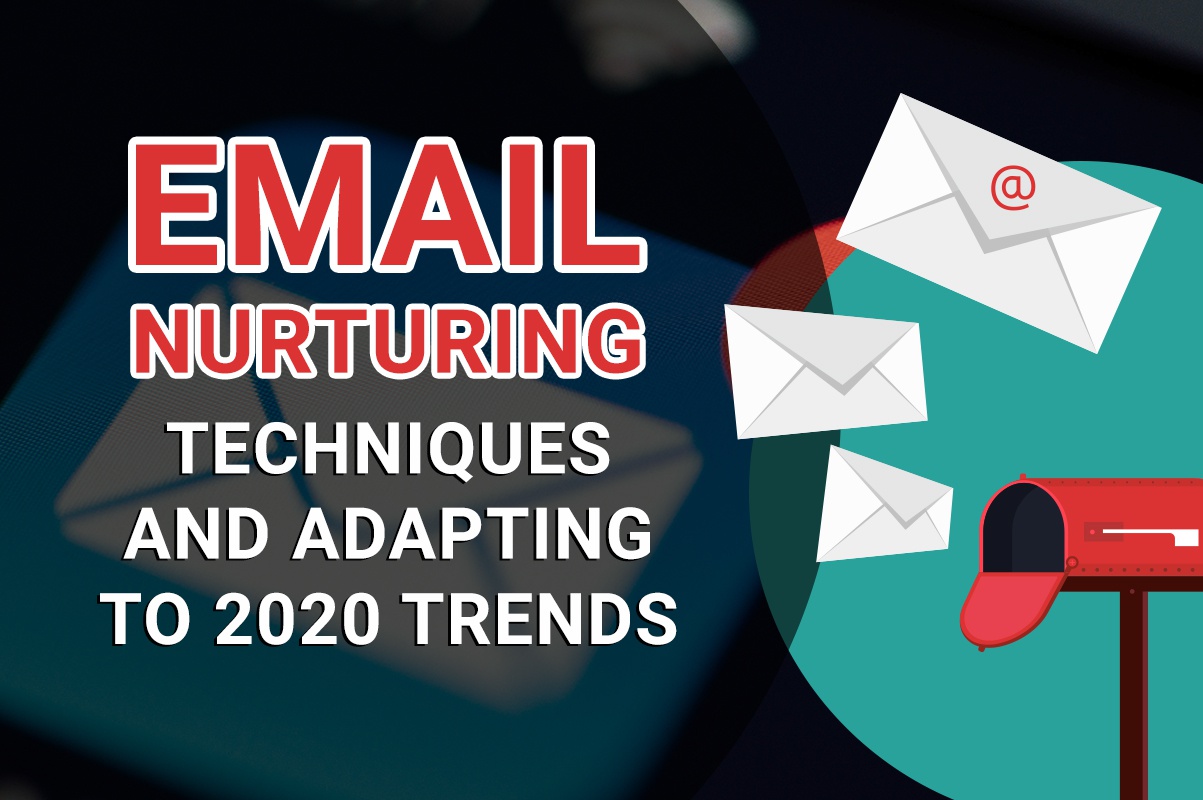Fixing Bounced Emails is Critical for Lead Generation. Here’s Why

Every marketer cringes after putting their time, effort, and heart into the perfect email campaign only to see the bounce notification appear.
According to research from Acquia, 75% of marketers say email is their favorite personalization channel.
That is not surprising: Email provides powerful segmentation, automation, and data-driven tools for personalizing every campaign.
Unfortunately, a high bounce rate is a symptom of a much larger problem: bad intel. In fact, 65% of companies use inaccurate data to drive their strategies, including email.
Yes, high bounces indicate that specific recipients did not receive an email. However, they can also negatively impact a business’s long-term email delivery rate and increase the chances of email clients flagging a specific business for spam.
Not All Bounces are Equal
Email bounces can either be labeled soft or hard.
A hard bounce means that the subscriber’s email address no longer exists. Maybe they were promoted and assigned a new email address or left the company entirely. Either way, that email address is a lost cause.
These email addresses should be immediately purged through regular prospect data cleansing to avoid getting blacklisted.
A soft bounce means that the address exists, but something prevented email delivery. In most cases, an email service provider will attempt to resend the mail five times before giving up. Soft bounces can often turn into successful deliveries within a day or two.
Why Do Emails Soft Bounce and Why Does It Matter to Lead Generation?
Emails can bounce for several reasons:
- The subscriber has an automated reply set up.
- Companies have aggressive spam filters.
- The subscriber’s mailbox is full.
- Natural database decay.
- Someone on the shared IP address is sending spam.
- A damaged sending reputation from purchasing email lists.
Ideally, an email bounce rate should be 2% or less. If a company keeps contacting email addresses that continuously bounce, that sends a big red flag to email clients and can eventually damage the sender’s reputation.
In other words, more emails will bounce, end up in the spam folder, and the sender’s IP address may even get blacklisted by top email servers.
A cutting-edge personalized lead generation strategy is not worth anything if bounced emails are killing the sender’s reputation.
Prospect Data Monitoring Can Fix Bounced Emails and Boost Lead Generation
The truth is, 37% of email addresses go bad every year.
Social Media Examiner, estimates that if a company does not email a list for 90 days, nearly 13% of the subscribers will have already left the company by the time the next email campaign goes out.
Preventing bounces is not the only answer. Even if every email campaign is successfully delivered but a subscriber has not opened them in ages, that can still damage the sender’s reputation.
Combining list segmentation with regular prospect data monitoring can solve this problem.
Break the subscriber list into groups based on bounces and open rates.
Use prospect data cleansing to quarantine all the inactive email addresses for potential rehabilitation and keep the list clean with a high delivery rate.
The Ultimate Prospect Data Cleansing and Email Tracking Solution
Flobile removes all the guesswork and strife from cleaning up your email list. Using expert data scientists and innovative technology, Flobile uses prospect data monitoring systems to purge old email addresses, track open rates, create data-driven email content, and keep an eye on your best contacts.
Lead Generation
Prospect Data
Prospect Data Cleansing
Prospect Data Monitoring






